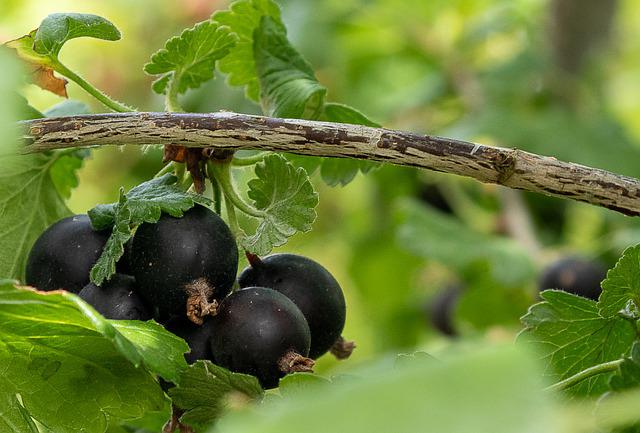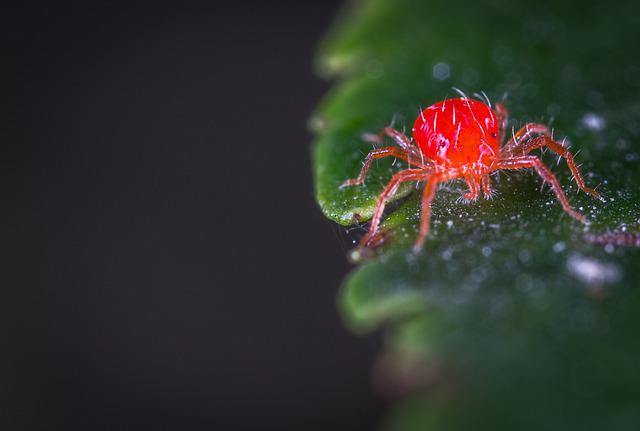How to Grow Jostaberries: The Ultimate Guide For Beginners!

Jostaberry shrubs thrive in USDA zones 3–8 and can withstand temperatures as low as -40°F (-40 C.). They need a well-drained, slightly acidic soil with lots of organic matter. Before planting, add organic compost to the soil. Space the bushes 5 feet (1.5 m) apart between each row. In hotter climates, place them in afternoon shade. In late winter or early spring, fertilize jostaberries with the organic compost you used to prepare the soil for planting. Cut off dead or broken branches and a few old canes at ground level to promote bigger, sweeter berries. So if you’re interested in learning how to grow jostaberries, we’ll provide you with easy ways to grow jostaberries. Read on!
Table of Contents
Growing Jostaberries
Soil Preparation
When you grow jostaberries, you need soil that is moist and rich. It should also be acidic and easy to drain.
Well-draining soil is the earth that lets water flow freely. Slow or fast drainage is terrible. The soil should not drain too quickly or slowly in an ideal world. The plant won’t be able to get enough water if the soil quickly drains.
Dig a foot-deep hole and fill it with water to see how your soil is. Under an hour, it should be dry. For a long time, your soil isn’t good at draining. If it drains in less than 30 minutes, it is too fast. If your soil isn’t ideal, don’t worry about it.
Before you plant, mix in a lot of well-rotted compost. Compost is suitable for too wet soil and soil that quickly drains away.
Choosing the Appropriate Location
Jostaberries require direct sunlight. If you intend to plant multiple jostaberry bushes, you must also consider the spacing between them. You’d leave a 4.5-foot space between each bush or other plant or structure in an ideal world.
Another critical aspect of planting jostaberry is selecting the appropriate planting season. Depending on your region, you want to plant jostaberry in the fall or spring, between November and March. The soil should not be frozen and should be workable.
Jostaberry cannot be grown in climates below USDA Growing Zone 3 or above USDA Growing Zone 8. They can survive temperatures as low as -40°F/°C in the right environment and only require 1,000 chill hours.
Planting
While the soil and weather are not too wet or frozen, this should be done as soon as possible. Drain 20 minutes of water if you see that the roots have dried out. Dig a hole big enough to fit the roots and plant it about 2.5cm (1′′) lower than where it was growing in the Nursery. Make sure the soil is well compacted.
Make sure the roots of pot-grown plants are about 2.5–4cm (1–2″) deeper than the soil level. There should be 1.2 meters (4 feet) between each plant and 1.5 meters (5 feet) between each row. When you plant the seeds, cut each shoot down to 2-3 growth buds from the ground. New growth should start growing right away at or near the soil level. This is what we want to do to help it grow strong and quickly. One-year-old wood is the best for Blackcurrants and Fourberries to grow on, so these shoots will produce next year’s fruit.
Pruning Jostaberries
Pruning an adult jostaberry is an important part of taking care of them. When your jostaberry bush is about four years old, use sharp secateurs to remove all but six to eight of the older, weaker branches. Branches that are two to four years old and have produced fruit should be left on the plant. However, more than four years old branches can be cut off without repercussions. Older branches with gray bark are trimmed back so that no more than three-year-old branches are left on a bush. Annually, weak branches should be pruned back. Ideally, it would help if you did this as soon as possible after harvest or when resprouting begins in the winter.
Pests and Diseases Common Problems and Solutions
Cane Borers
Small and white cane borers are found in the plant’s leaves. They live in the soil and inside the canes. It looks like sawdust, but it’s not. Frass is what you might see. They leave this behind when they eat the plant.
It’s important to cut down the wilting parts of canes if you see them. This will stop the pest from spreading to other parts of the bush.
Spider Mites with Red Spots

Red spider mites also plague jostaberries. It can be challenging to find them on your bush as they’re so tiny. On the other hand, red spider mites are most likely to show up as leaf mottling or fine webbing.
When dealing with red spider mites, you can try wiping the leaves with rubbing alcohol to get rid of the mites and remove any webbing they leave behind. You can also use a powerful spray of water to get rid of them.
Aphids
It can be hard to tell aphids apart from other bugs because they are small. Often, you’ll find them on the stems or under the leaves if you pay attention. They are found in these places because they eat the plant’s juices in these places, and they are safer there.
Aphids will show up when the leaves turn yellow, curl, then die. Besides this, this pest makes a sticky liquid called “honeydew,” which can cause mold to grow on the bush. This can make the bush look dirty.
As long as the pests are around, it can be good to spray your plants with neem oil every few days.
White Pine Blister Rust
A plant disease known as white pine blister rust affects plants in the Pacific Northwest. Cronartium ribicola is an eastern pine tree fungus. Toxic yellow spots appear on the leaves of Ribes plants when this pest infects them. Early leaf fall is possible because of the fall hair-like growth.
Keep eastern pines away from any infested canes by cutting them back. In some cases, local nurseries may carry resistant varieties. Jostaberries are generally less vulnerable to pests and disease than other berries.
